-
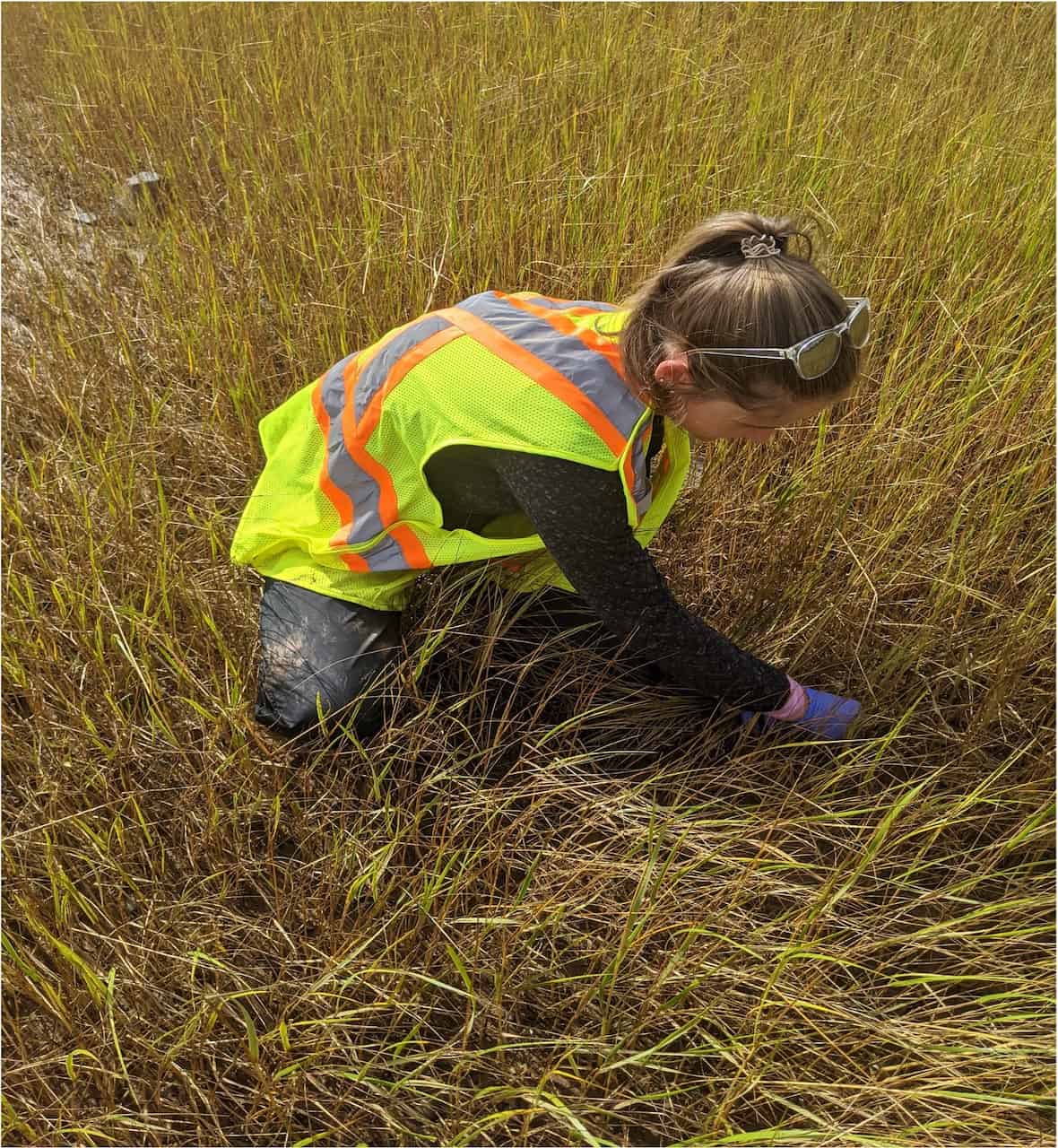
The Minas Basin is a part of the Bay of Fundy. It is east of the Minas Passage and runs to Truro, Nova Scotia. The Bay of Fundy is used for aquaculture, shipping, and fishing. As such, the Bay of Fundy has...
-

Salt marshes are blue carbon ecosystems that accumulate and store high amounts of carbon below ground. Carbon can be accumulated from suspended sediment (allochthonous) and within the salt marsh through fixed carbon dioxide via photosynthesis by marsh vegetation (autochthonous). The carbon is...
-
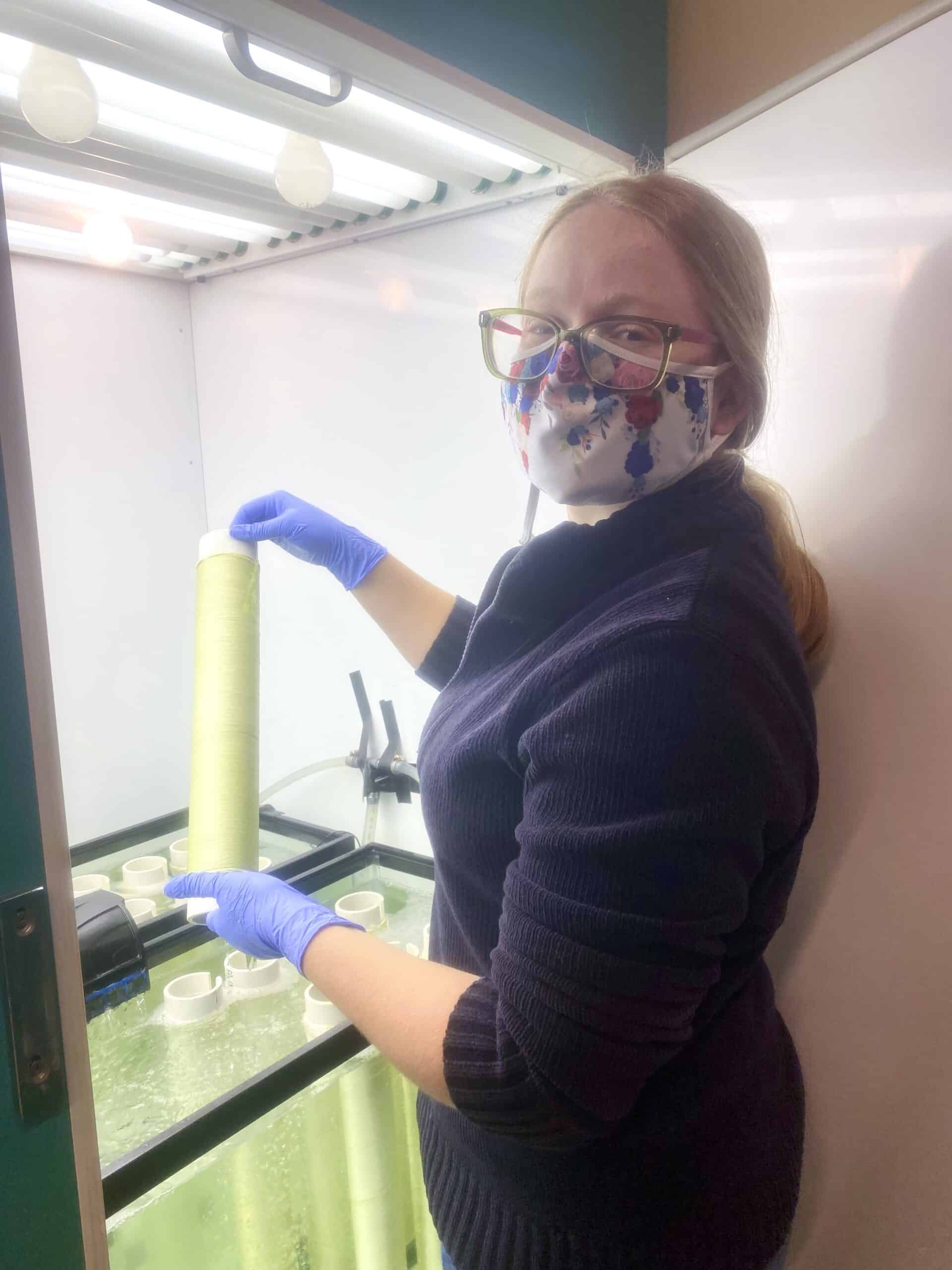
SeaChange Biochemistry Inc. is an innovative start-up in Cape Sable, Nova Scotia, that has built an exceptional extraction method of numerous high-value industrial chemicals from seaweed. This has enabled them to produce these chemicals at a significantly lower cost than their competitors. Sabrena Mackenzie,...
-
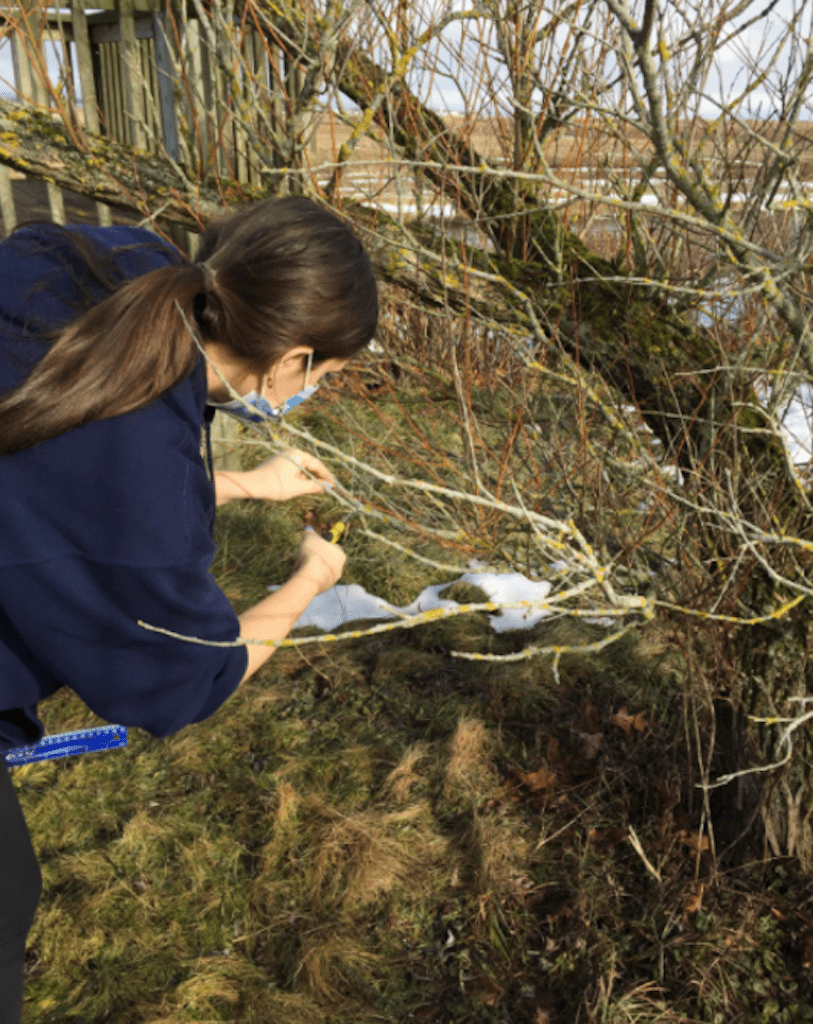
Grand Pre National Historic Site is home to willow trees (Salix sp.) that are known to have been planted by Acadian settlers over 400 years ago. Parks Canada has classified these trees as cultural artifacts, due to their survival in this space...
-
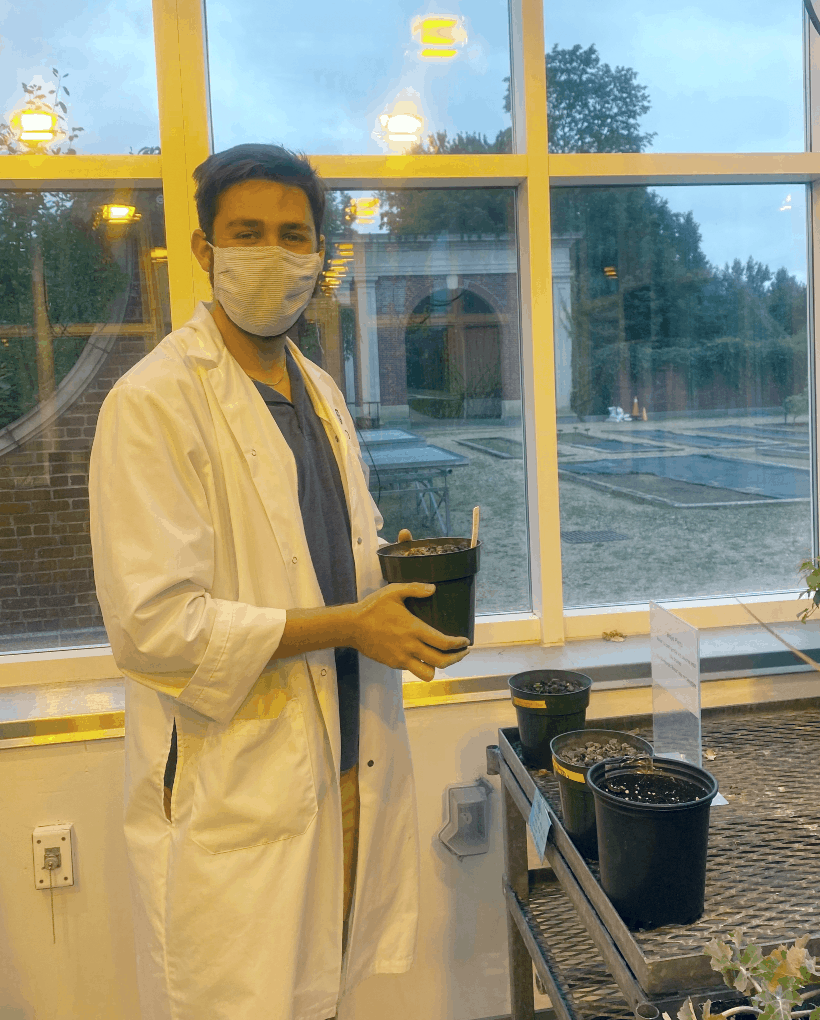
Long’s Braya, Braya longii, is an endangered perennial plant found only in the Great Northern Peninsula of Newfoundland. It is subject to annual infestations of the Diamondback moth (DBM), Plutella xylostella, who use B. longii as hosts to lay their eggs. The larvae then defoliate and...
-
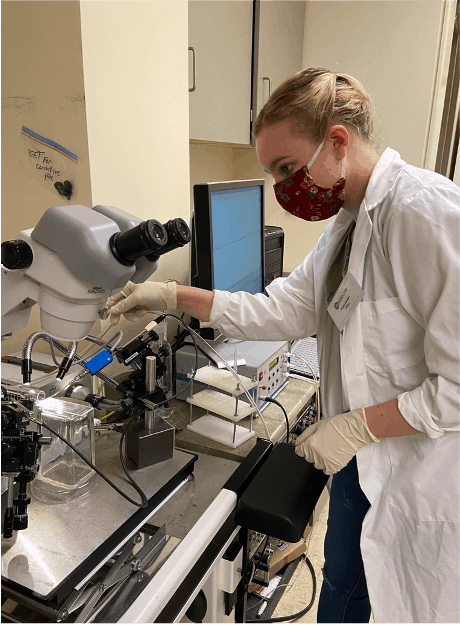
Insects and mites present a significant threat to global economies through crop damage and causing adverse effects on human health. Synthetic pesticides are most often used to control such pest species. However, the long-term and extensive use of synthetic pesticides can impact...
-
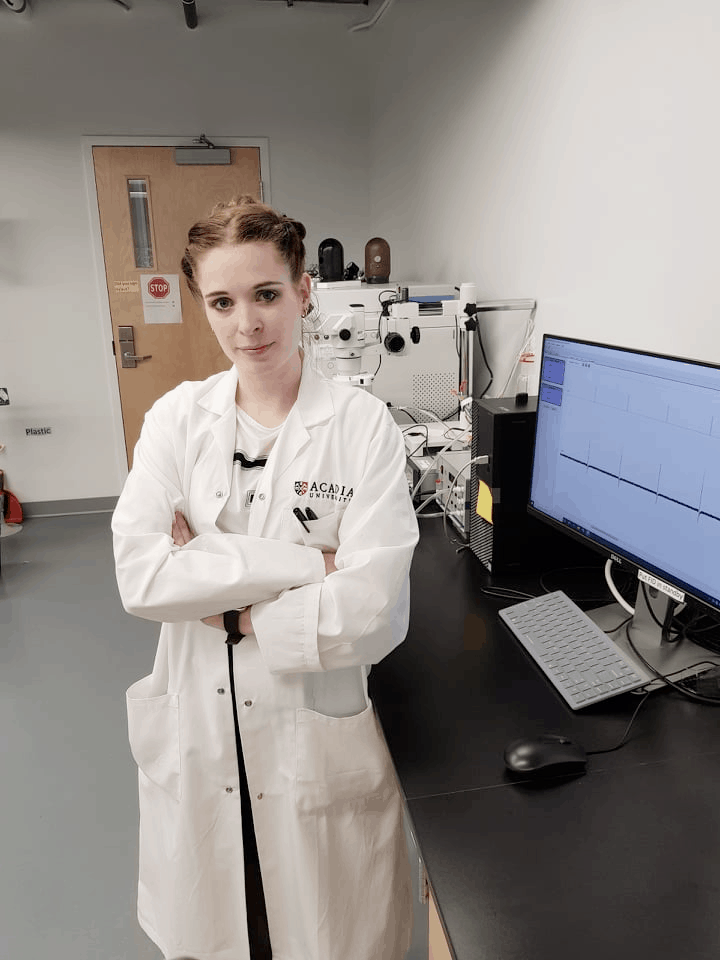
Throughout North America the true armyworm (Mythimna unipuncta) occurs in sporadic large outbreaks. During these mass infestations their caterpillars cause considerable economical damage to cereal and forage crops such as barley, oats, corn, and alfalfa. Understanding the chemical ecology of the true armyworm will help develop naturally-derived agents...
-
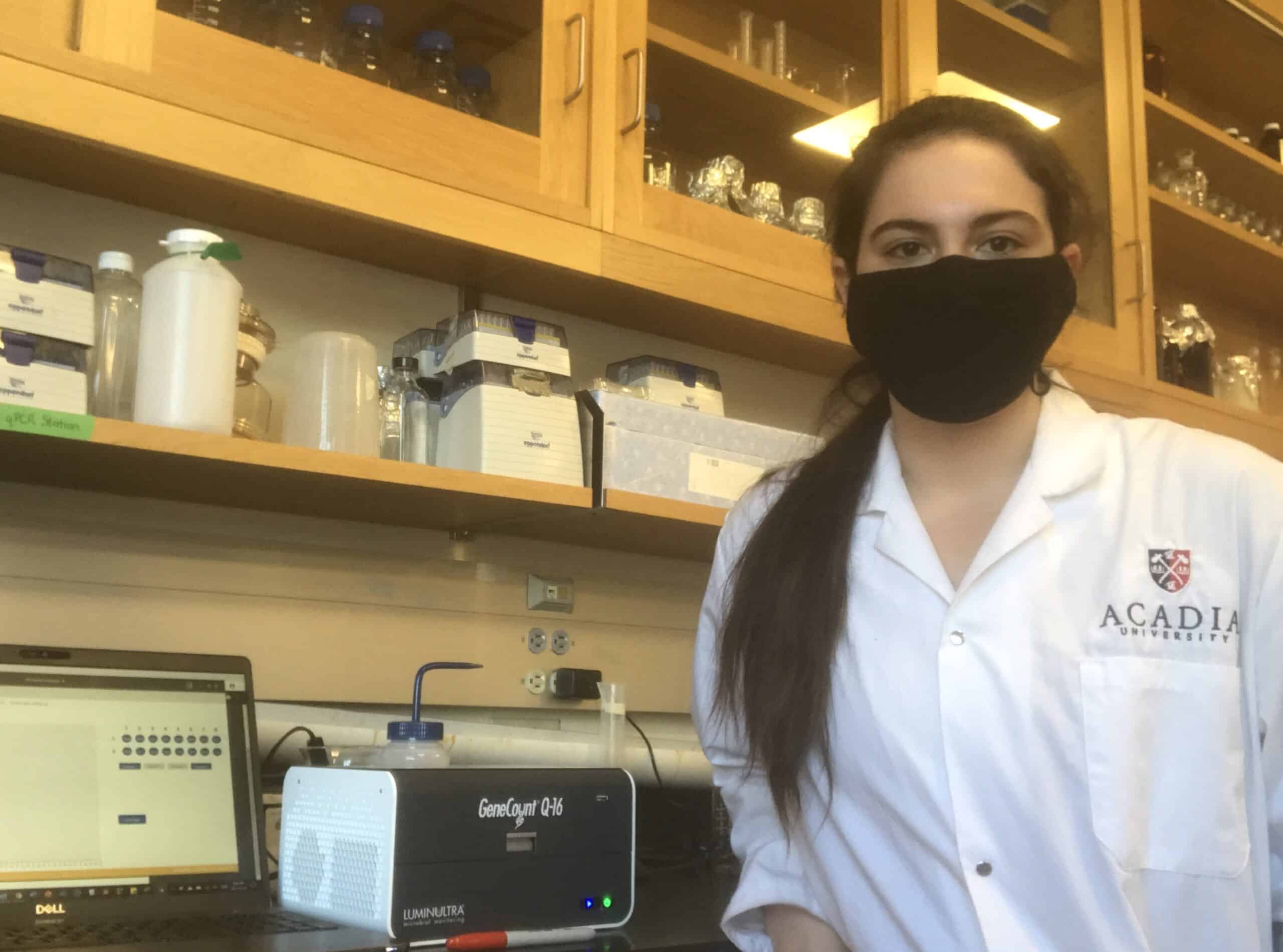
Environmental monitoring during the COVID-19 pandemic can be used as a tool to identify locations of asymptomatic or pre-symptomatic carriers, focus clinical testing, and confirm cleaning protocols. LuminUltra developed a surface testing method for the SARS-CoV-2 virus that allows for swabs of high-touch surfaces to...
-
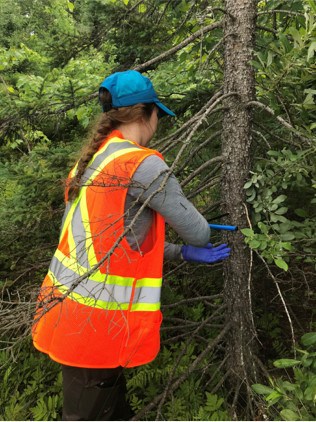
During the Nova Scotia gold rush (early 1860’s to mid-1940’s), over 300 gold mines were established across the province, including several within what is today the Halifax Regional Municipality (HRM). Many of these sites were never remediated and are often found near...
-

The natural sediment geochemistry of estuaries makes them vulnerable to bioaccumulation of methylmercury (MeHg), a neurotoxin that bioaccumulates in organisms. Intertidal invertebrates are abundant in estuaries and are critical prey sources for migratory birds and fish. Determining uptake of MeHg by invertebrates...


 Acadia University
Acadia University
K.C. Irving Environmental Science Centre
Harriet Irving Botanical Gardens
Acadia University